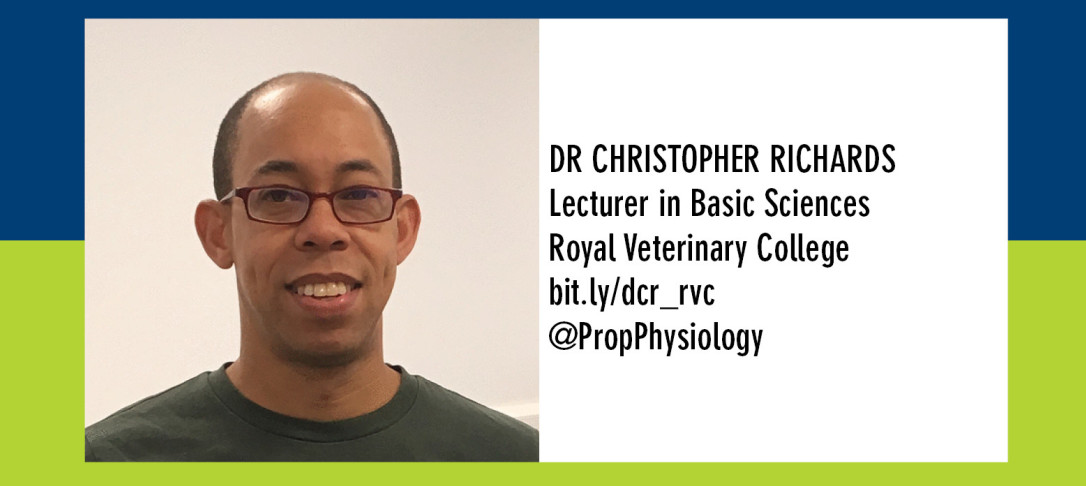
THIS SEMINAR IS STRICLY INTERNAL AND IS ONLY FOR THE DEPARTMENT OF BIOENGINEERING’S STAFF AND STUDENTS
Talk title: How can frog biomechanics and frog-inspired robots help us understand vertebrate limb function?
Abstract: Vertebrate limbs are often adept at multiple tasks. Frogs are perhaps the most impressive examples – they can use their “simple” hind limbs to jump, run, climb, and swim with astonishing athleticism and finesse. This versatility of their limbs owes partially to the functional plasticity of the nervous system, but also to the musculoskeletal anatomy itself. My group asks: What are the anatomical and physiological determinants of limb versatility? For this talk I will focus on how we use hybrid hardware-software-tissue interfaces to manipulate aspects of limb musculoskeletal anatomy to test their function. Firstly, I will introduce “reverse haptics” where a real-time simulation of a frog in the “virtual world” acts to control a robot in the “real world”. Secondly, I will describe “in vitro-virtual reality” in which a living muscle in the “real world” controls a frog simulation in the “virtual world”. With these techniques we can alter limb anatomical and mechanical properties, hopefully to better understand how musculoskeletal properties contribute to the functional versatility of limbs.
Speaker biography: Chris holds degrees in Biology and Violin Performance (Oberlin College & Conservatory, OH, USA). In 2009 he earned a PhD at the Concord Field Station under the supervision of Andrew Biewener in 2009 (Harvard University, MA, USA). From 2009 to 2014 Chris established the Propulsion Physiology Lab under a Jr. Fellowship at the Rowland Institute (Harvard).From 2014-2019 He was a European Research Council research fellow in the Structure and Motion Laboratory. He joined the CBS department as a Lecturer in 2019.